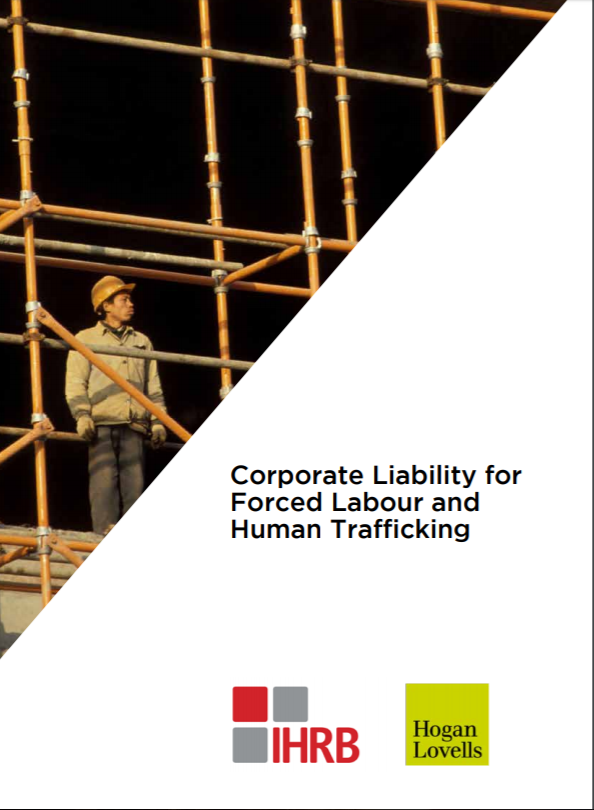Modern Slavery Statement FY2020
Standards & Codes of ConductThis is our fifth Statement in response to the UK Modern Slavery Act and our first under the Australian Modern Slavery Act. It describes theactivities we have undertaken throughout our financial year (3) to strengthen our processes and better unders...Read More

